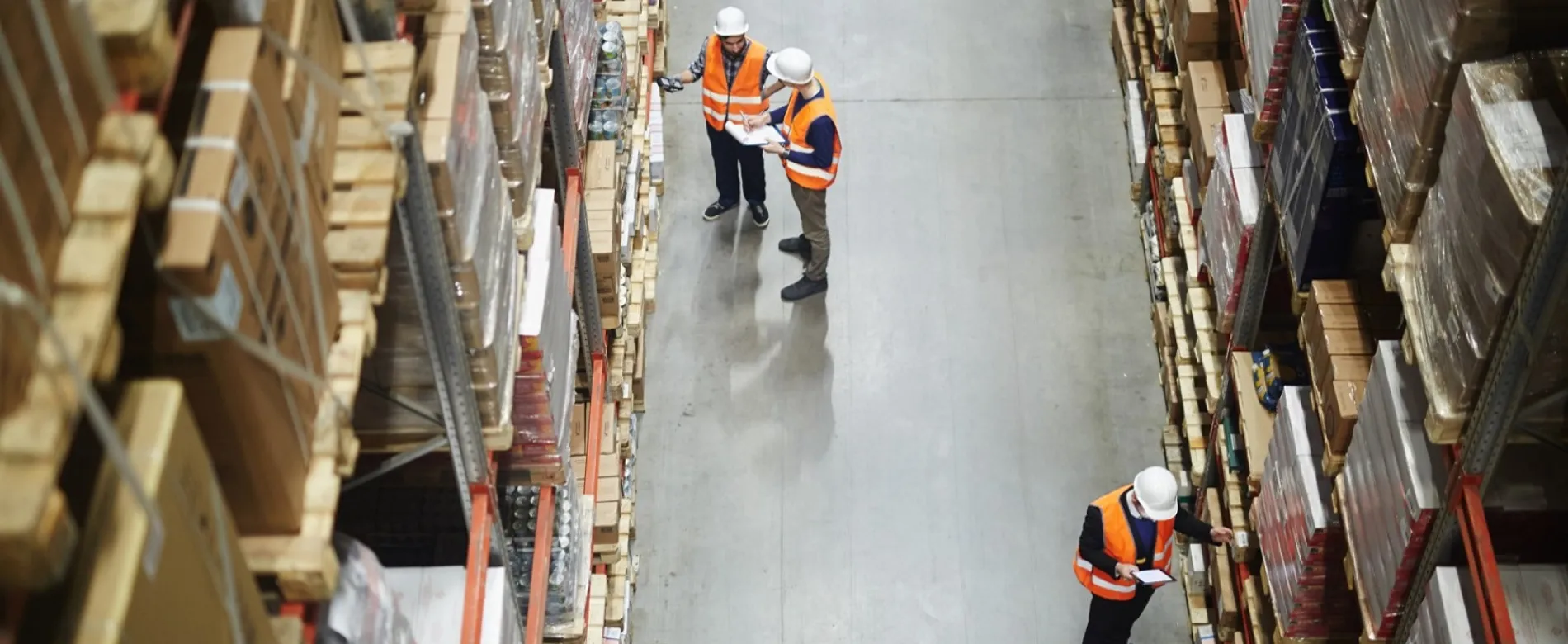Asset management vs Asset tracking – What is the difference?
Asset tracking, RTLS, IoT, Wi-Fi, RFID, BLE … all these "new" words can be confusing. For example, it is often thought that asset management and asset tracking are inter-changeable terms when in fact they have different meanings.
What is an asset?
The definition in the dictionary reads: “an item of property owned by a person or company, regarded as having value and available to meet debts, commitments, or legacies.” For a business, this can be tools, equipment, machinery, returnable transport items (RTIs), vehicles and many other things. It can even be people. The key here is that an asset produces value.
Asset management or "fixed asset management"
As an asset is of high value for a business, it is therefore important to implement an efficient asset management (also known as fixed asset management) strategy.
A good asset management system enables businesses to monitor and track assets, to keep them in good working condition, to manage the inventory, minimize downtime and ultimately reduce costs and increase revenues.
Benefits of a strong asset management strategy include:
- Ensure compliance with regulations and accreditations
- Efficiently manage operational maintenance
- Get a better understanding of equipment utilisation
- Reduce loss and the time spent to locate assets
- Prevent theft and vandalism
- Optimise your operations
- Accurately manage inventory
- Reduce complaints, increase satisfaction and improve customer retention
Asset tracking
Asset tracking is an integral part of the asset management strategy. It is the very important component which helps track, locate and monitor physical assets. In other words, it is the tools used and implemented to do it.
Traditionally these could have been barcodes or even QR codes but over the last decade, smart technologies have evolved, and asset tracking can now be implemented thanks to RFID tags (passive or active), GPS, Bluetooth and Wi-Fi to name the main ones. The “hardware” above can then be connected to a tracking software or platform to locate assets in real time.
If you would like more information about the benefits of asset tracking and how this can be implemented within your business, contact us and one of our experts will discuss with you how different solutions can be tailored to your requirements.

